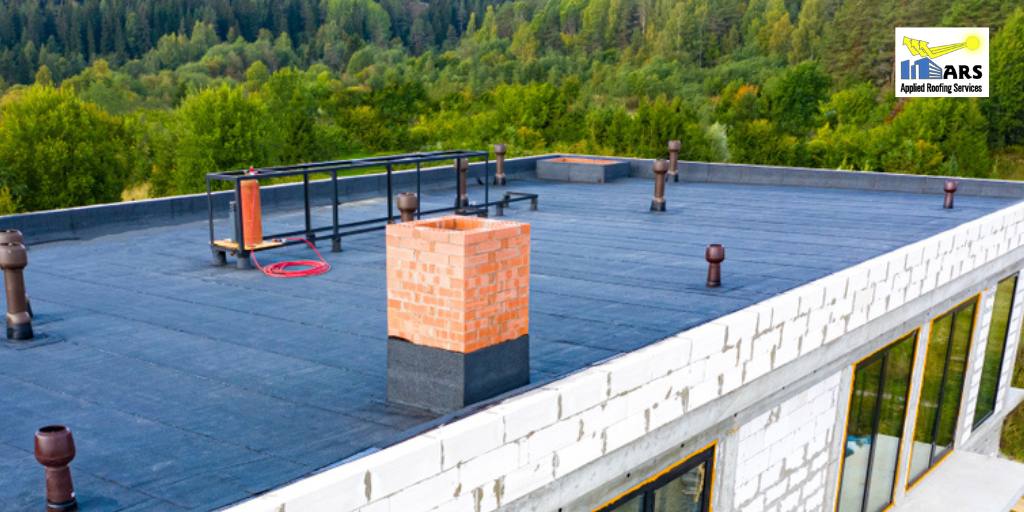


Roof insulation provides resistance to heat flow, preventing warm air from coming into your building and cool air from leaking outside, thus reducing your utility bills. However, the R (resistance)-value plays a vital role in insulation. Read on to learn more about the roof R-value and how it is calculated.
The R-value is the thermal resistance ability of the insulation material, usually measured per inch of thickness. Generally, a higher R-value helps in keeping your building energy-efficient, leading to greater savings on your utility bills.
The R-value differs based on the type, density, and thickness of different insulation materials. Here are the standard R-values for different roof insulation materials
To calculate the R-value, multiply the total thickness of the wall/attic (in inches) by the standard R-value of the insulation material used. For example, if the thickness of the wall is 3 ½” and the insulation material used is fiberglass (batt), the R-value would be (3.5×3.1 – 3.5×3.4) = 10.8-11.9. Along with considering the R-value of the insulation material, it is essential to calculate the R-value of the total system. For example, a 3 ½” wall with fiberglass batting (has an R-value of 10.8-11.9) may have an overall R-value of almost 14 because of drywall, siding, and sheathing. Also, how much insulation is needed for your building varies depending on the type of heating system used and your location. Also Read: Polyurethane Foam Insulation: What Are Its Benefits?
The U-value measures the insulating characteristics of glass, or how much heat flow or heat loss occurs through the glass due to the difference between indoor and outdoor temperatures. For U-values, the lower the number, the better! Accurately calculating the U-values is essential to be compliant with the building energy codes. However, the U-values for tapered insulation (for low-sloped roofs or at the eaves of sloped roofs) are usually misunderstood. There are two different sloped configurations of insulation, including a single sloped rectangle and a sloped triangle towards a central drain. Both require different methods to calculate the U-value.
It is measured by determining the total heat flow towards a horizontal section through the tapered insulation and its average over the length of the section.
It is determined by calculating the total heat flow averaged over the total tapered (sloped) cross-section. Also Read: Cool Roof Foam and Coatings: Everything You Need to Know About It
Besides having a high R-value for energy savings, installing cool roofs are also an option. Silicone roof coatings are referred to as cool roofs because of their ability to keep buildings cool. Though these coatings come in various colors, the bright white color has better UV ray reflective properties, eliminating the need for using air conditioners, thus saving your money on energy costs. If you are looking for the best roof coating in California, contact Applied Roofing Services today at 714-632-8418 to get comprehensive commercial roofing solutions. You can also get a quote online.